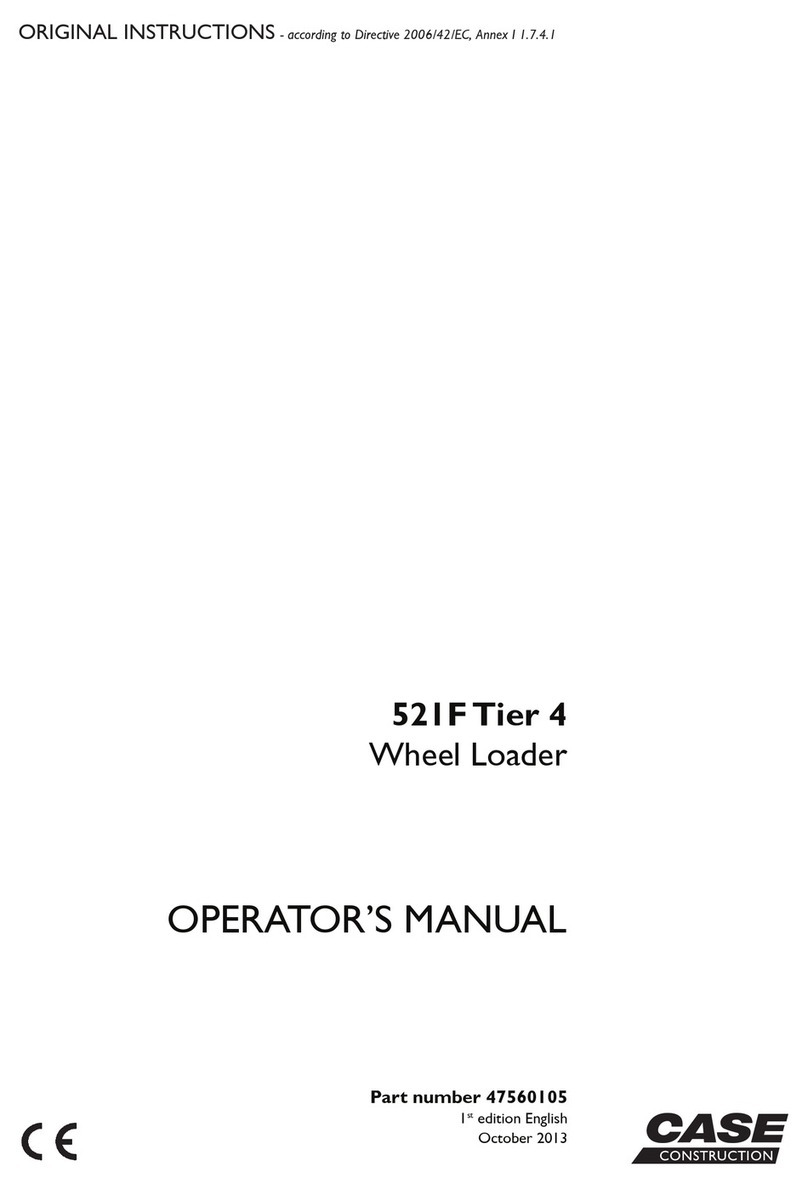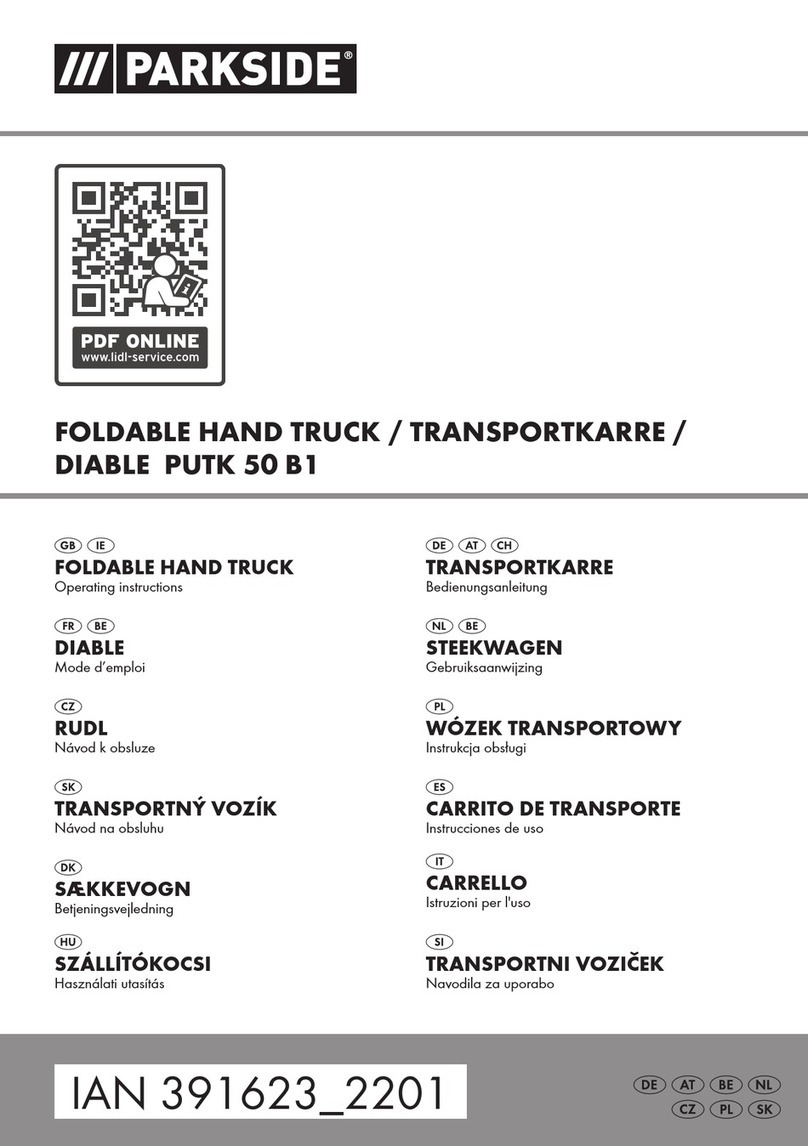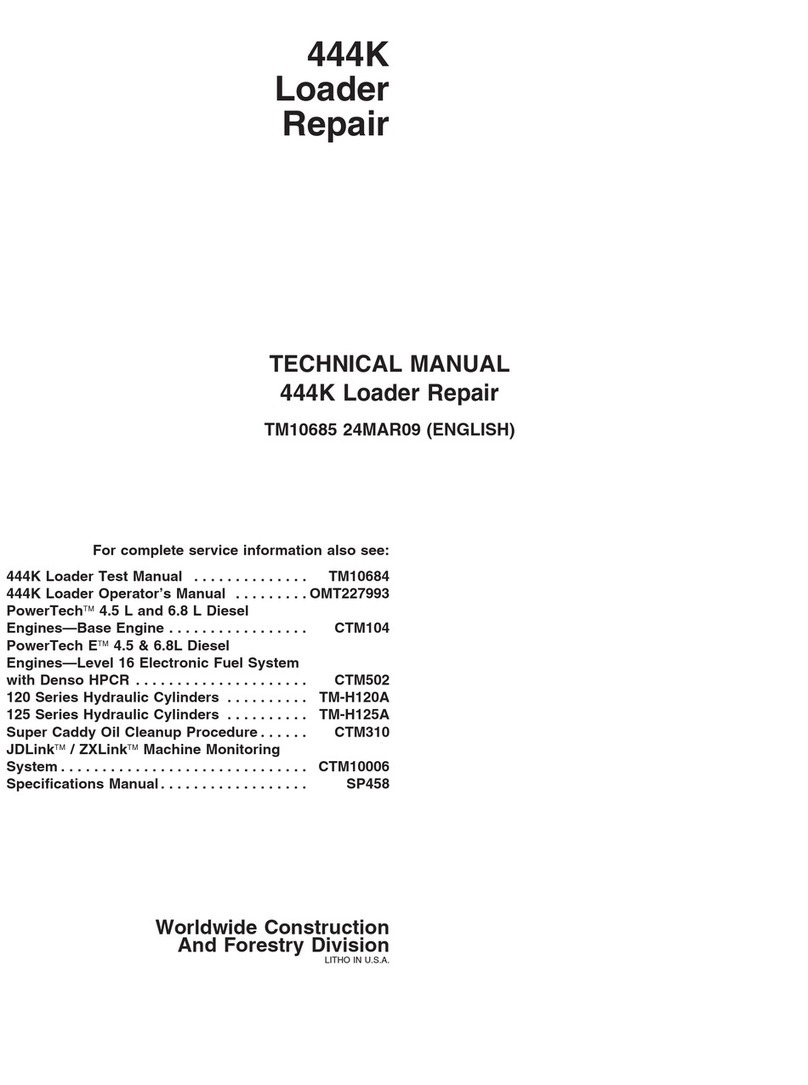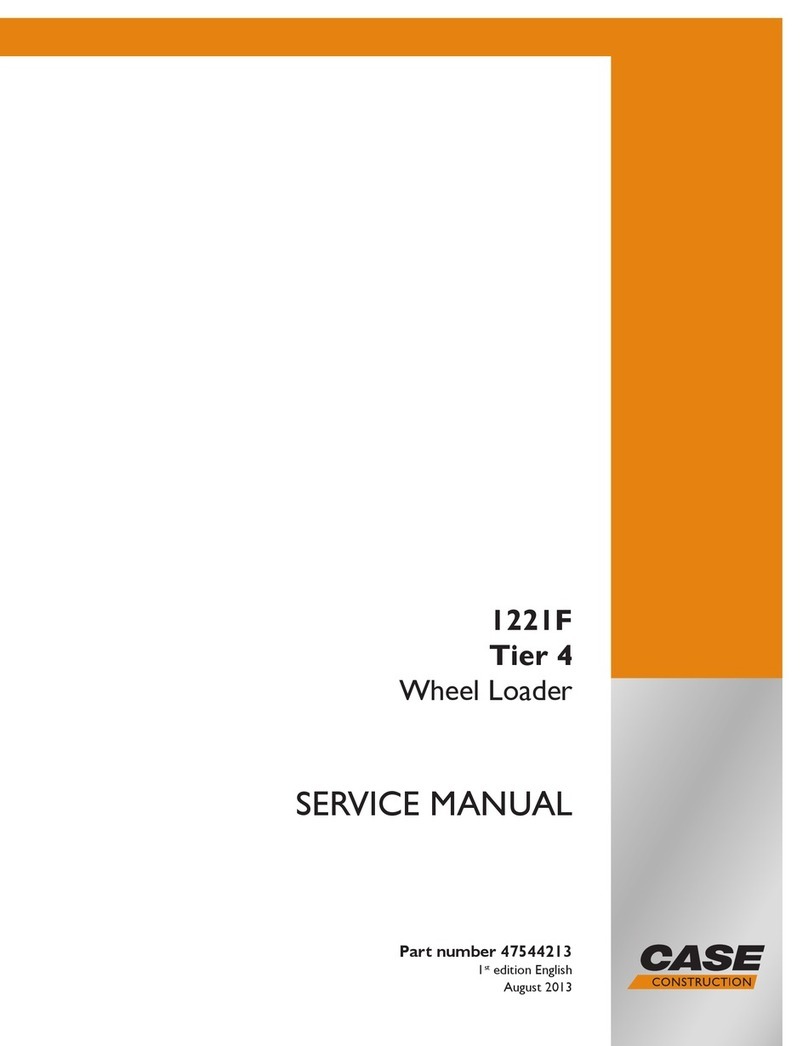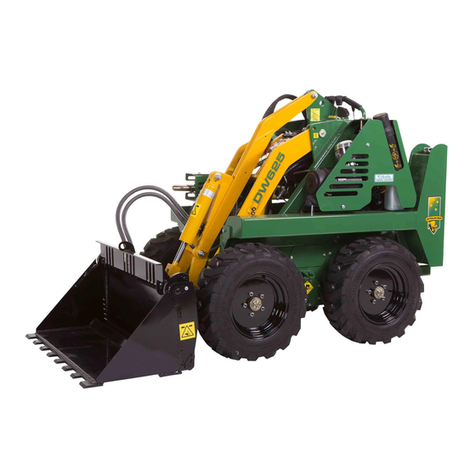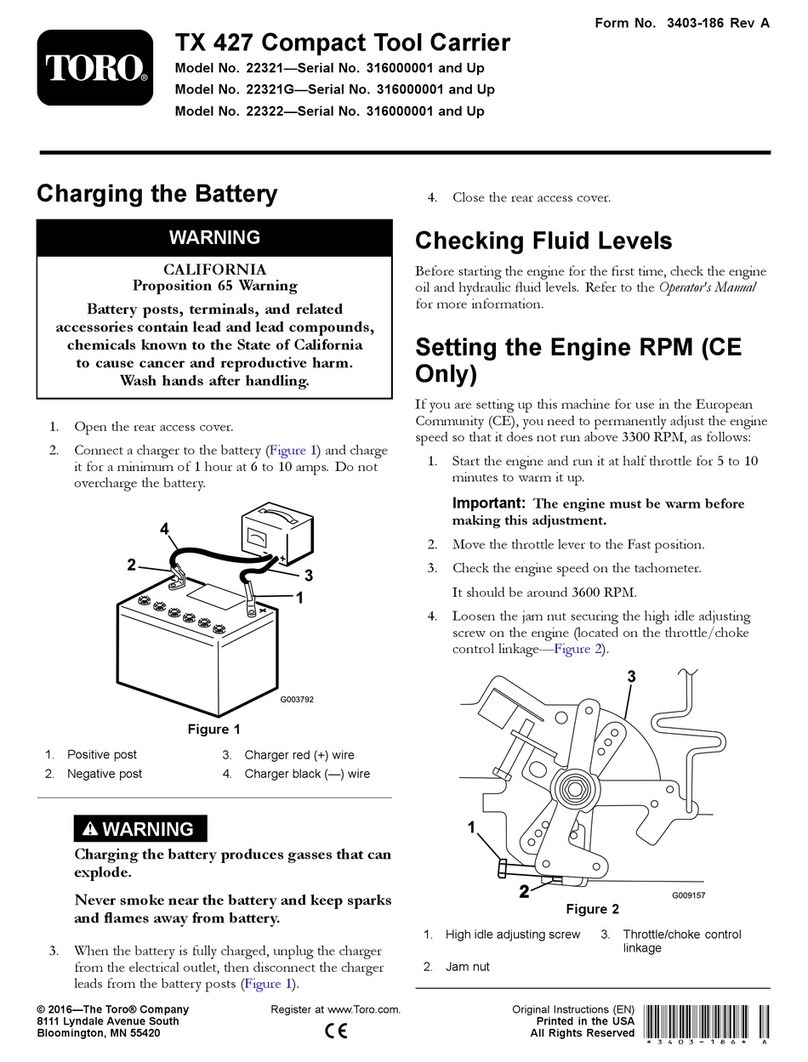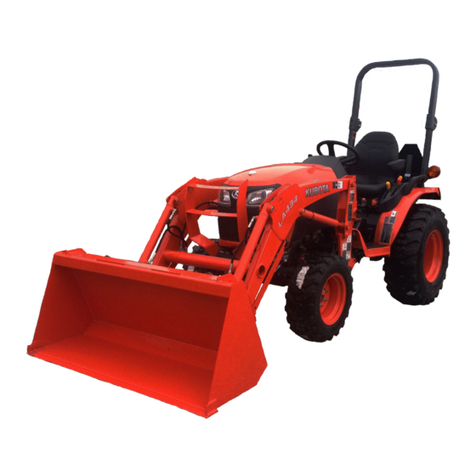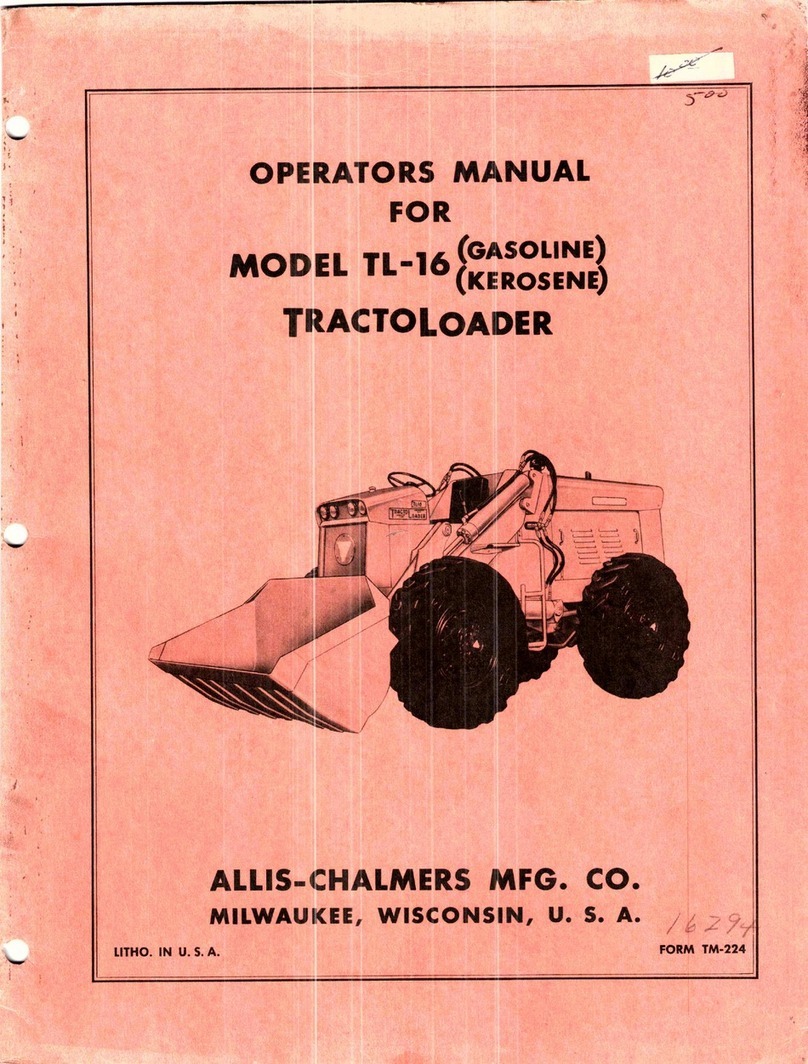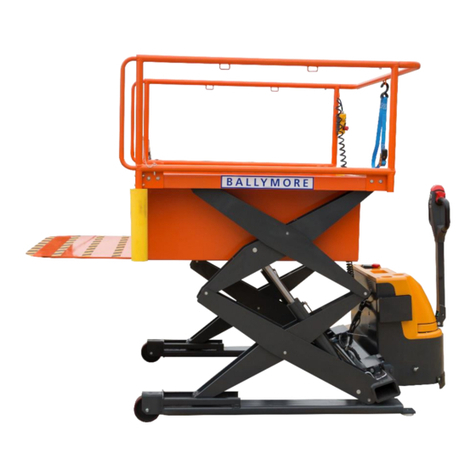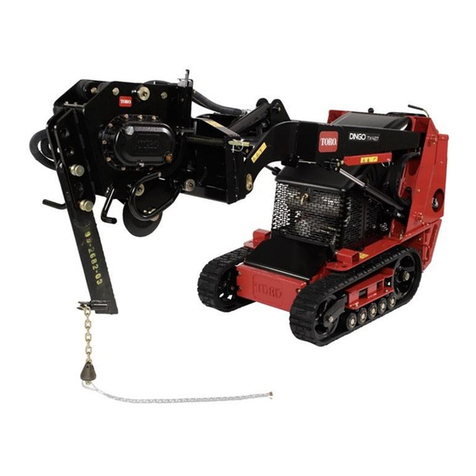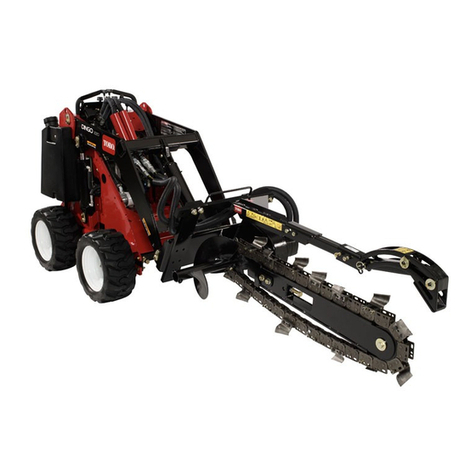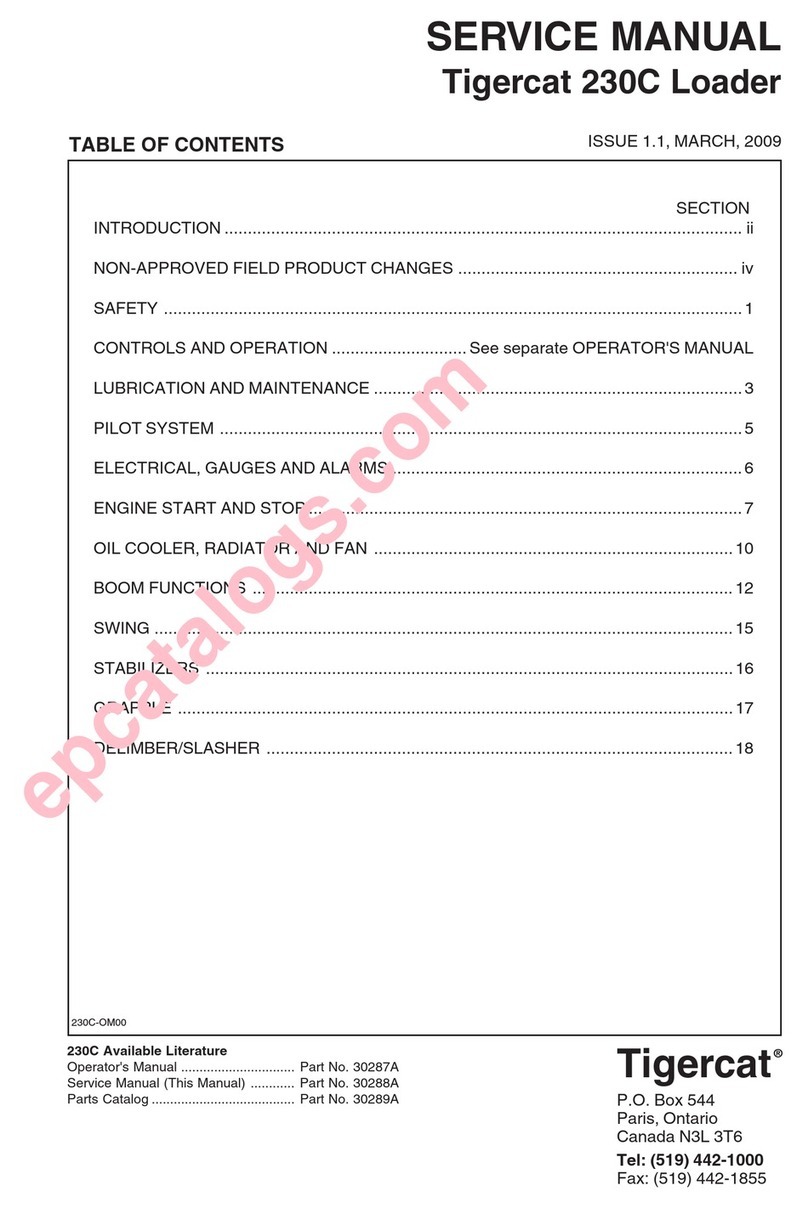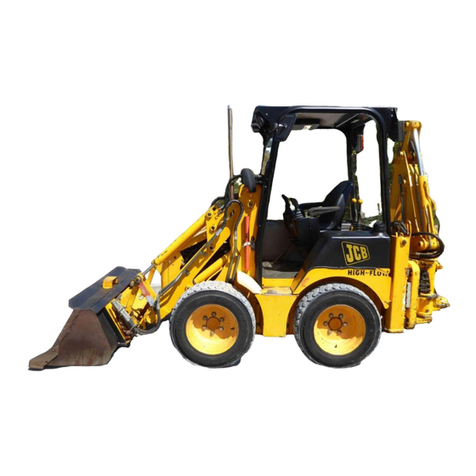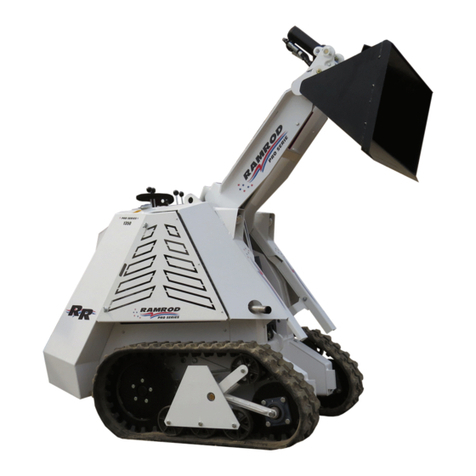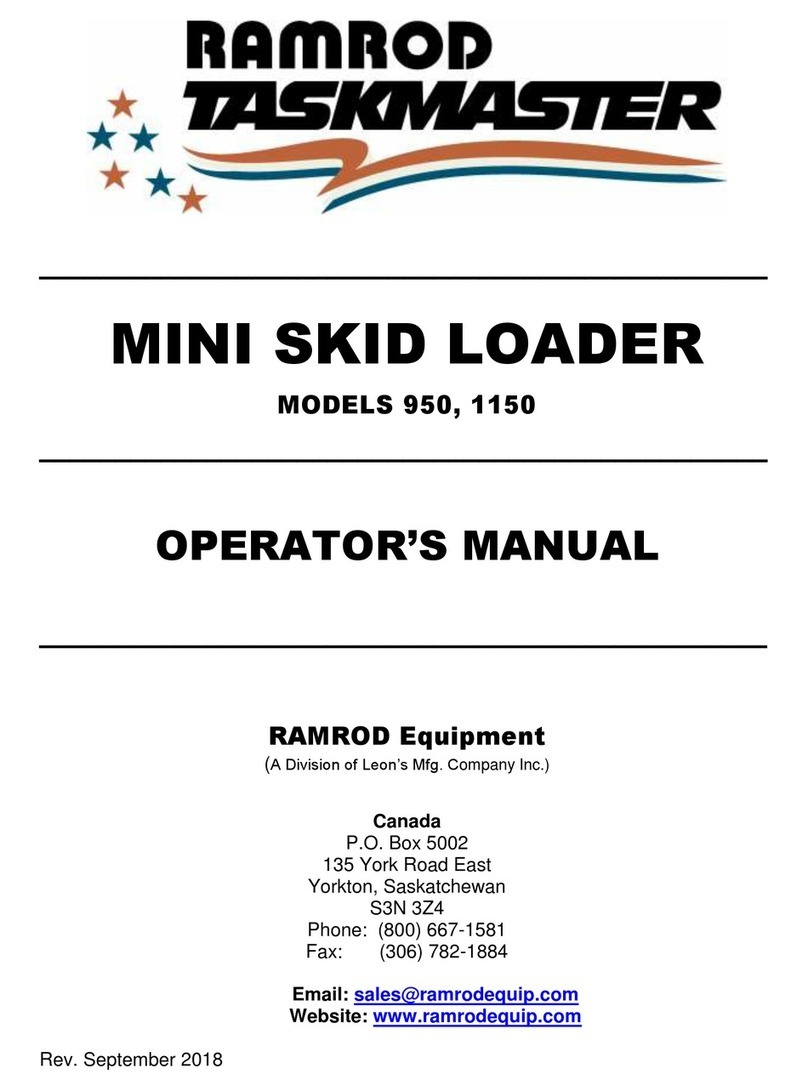
4
WARRANTY
TERMS AND CONDITIONS
KANGA
• 24 months warranty - Loader chassis against structural fault.
• 12 months/or 1000 hours warranty - All other loader components.
HONDA
• 36 months - Limited engine warranty for motors released after 1/4/10.
• 12 months warranty/or 1000 hours - Engine accessories (fuel, starter & charging system).
KUBOTA
• 24 months/or 2000 hours - Limited engine warranty.
• 12 months warranty/or 1000 hours - Engine accessories (fuel, starter & charging systems).
Purchaser’s Responsibilities:
• The purchaser must ensure maintenance & minor adjustments, as detailed in the Operator’s
Manual and engine manufacturer’s Manual, are carried out as per the schedule. If there is a
discrepancy between the two, the Service Chart in the Operator’s Manual will take precedence.
• The purchaser must notify Kanga Loaders or an authorized Kanga Loader service
representative of the need for warranty repair.
• The purchaser must organise, and is nancially responsible for the transport of the product to
and from the place of warranty repair.
Product Registration:
The Purchaser must ll out and return the warranty registration card within 30 days of purchase in
order to validate the warranty.
Repairs
Warranty repairs must be carried out by an authorised Kanga Dealer.
For details contact Kanga Loaders on 1300 4 KANGA (1300 4 52642).
Battery Warranty- Pro rata
• One to three months - Free replacement.
• Four to twelve months - Pro rata over 12 months.
Exclusions (No Warranty):
• Normal maintenance, servicing, and replacement items such as spark plugs, oil, oil lters, air
lter, mufer, tyres, cutting blades and edges, chains, tracks, cables, etc. are not covered by
this warranty.
• Any equipment which has been altered, misused, incorrectly assembled, improperly adjusted,
neglected, or damaged by accident is not covered by this warranty.
• Service completed by someone other than an authorized Kanga Loader dealer is not covered
by this warranty.
• Any attachment not approved by Kanga Loader or any parts that are not genuine Kanga Loader
service parts are not covered by this warranty.
• Engines and engine accessories are covered under the terms of the warranty made by the
engine manufacturer, and are not covered by this warranty.
The standard engine manufacturers warranty is for 2 years and is subject to their terms
and conditions.
